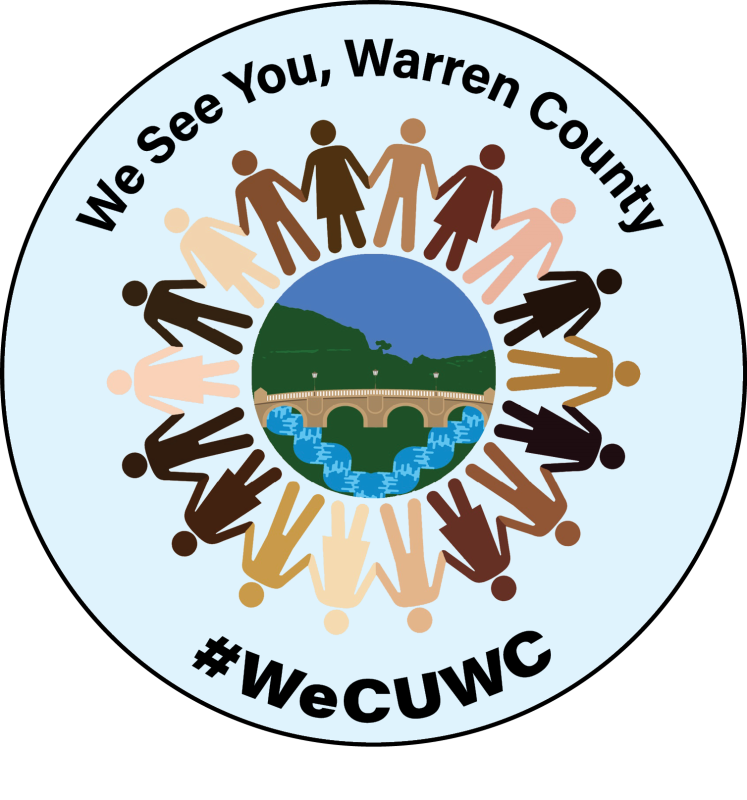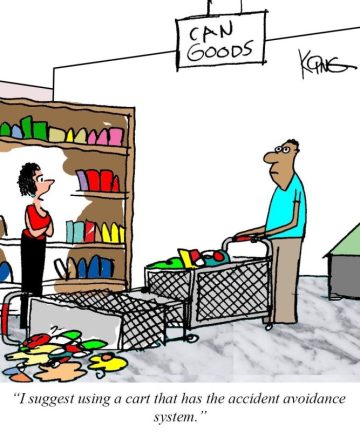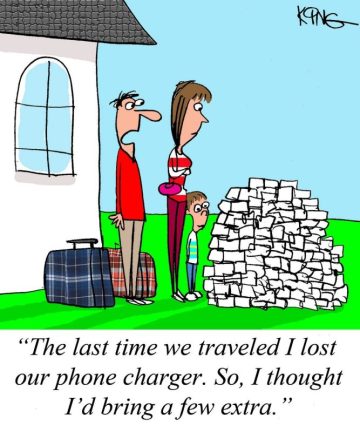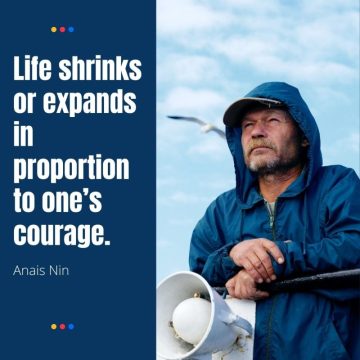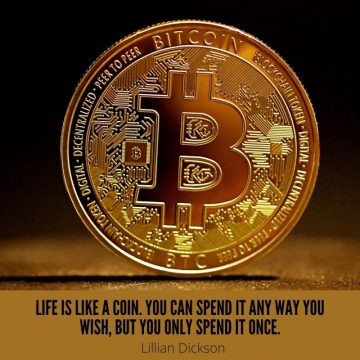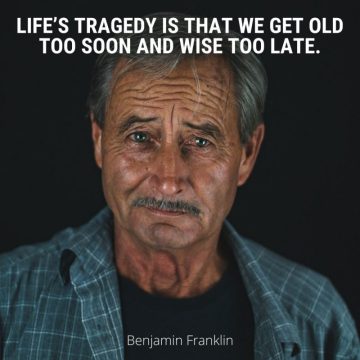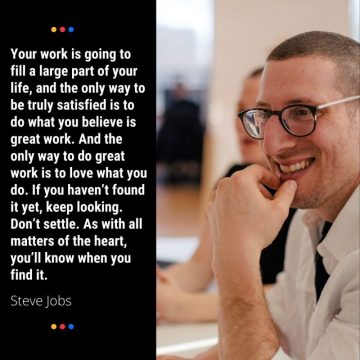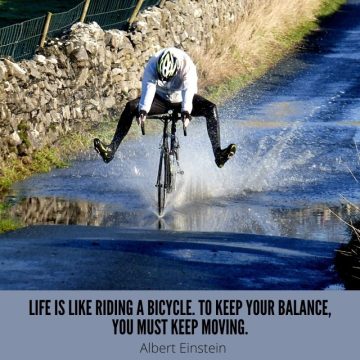Interesting Things to Know
The Parenthood Question: A Life-Altering Choice That’s Yours to Make
Navigating Social, Professional, and Personal Factors in the Decision to Have Children.
The decision to become a parent is often considered one of the most consequential choices in one’s lifetime. The ramifications extend far beyond the biological act of conception or the legal process of adoption, touching every aspect of your personal, financial, and even professional life. While societal pressures may paint a rosy picture of parenthood or imply it’s a foregone conclusion, the reality is far more complex. Here’s an in-depth look at the many facets you should consider before embarking on this life-altering journey.
Personal Desire vs. Societal Expectations
Whether single or in a relationship, the “biological clock” can be a loud tick in the ears of individuals as they approach their late 20s and 30s. But this monumental decision should be motivated by personal desire, not societal expectations or familial pressure. A child, while potentially enriching your life in myriad ways, doesn’t stay a cute baby forever. The responsibilities of parenthood are long-term, and it’s essential to understand your emotional readiness.
The Career Dilemma
The balancing act of managing a successful career and being a responsible parent is often easier said than done. Maternity and paternity leave can put a pause on your professional life. Moreover, not all workplaces are flexible when it comes to accommodating parents with young children. Companies like Google and Netflix have set a gold standard in parental leave policies, but many smaller firms are yet to catch up. Before you decide, investigate your employer’s stance on work-life balance and family-friendly benefits.
A Financial Balancing Act
Raising a child is expensive. Reports suggest that a middle-income family will spend an average of $233,610 to raise a child to age 18 — not including college. While some countries offer substantial parental benefits, these often cover only a fraction of the total cost. If your finances are already stretched thin, consider speaking with a financial planner to review your budget and future forecasts.
Your Well-being Matters
Parenthood is as physically and emotionally draining as it is rewarding. Sleepless nights, constant worry, and the daily demands of childcare can exacerbate pre-existing health conditions or lead to new ones. It’s not selfish to consider your well-being; your ability to care for yourself directly influences your ability to care for a child.
The Importance of a Support Network
Child-rearing is not a solo endeavor. Whether it’s the involvement of a co-parent or the support of family and friends, you’ll need a reliable network to lean on, particularly during those sleep-deprived early years. Community organizations and parental support groups can be invaluable resources for first-time parents.
Choosing to become a parent is a deeply personal decision that deserves careful, thoughtful consideration. Factors like personal desires, career implications, financial readiness, and both physical and mental well-being play a crucial role in making an informed choice. If you’re on the fence, professional guidance from psychologists or family planning advisors can offer additional insights. And remember, choosing not to become a parent doesn’t require justification; your life choices are valid in their own right.
Interesting Things to Know
The Return of Communal Tables: A Revival of Tradition in Modern Dining
The dining scene embraces an old tradition with a modern twist as communal tables make a comeback in restaurants nationwide. From the bustling streets of New York, Chicago, and Boston to smaller cities, these large tables that seat multiple parties are becoming increasingly popular.
Historically, communal tables were the norm in European inns and dining halls until the 19th century, when private tables began to emerge, first in Paris. Despite this shift in the West, communal seating continued to thrive in places like Japan and other parts of Asia. Today, as society grapples with the digital age’s isolating effects, these tables are reappearing in restaurants as spaces that foster social interaction and community building.
Sitting anywhere from 8 to 16 diners, communal tables are a nod to bygone eras and a smart business strategy for restaurateurs. They maximize seating capacity and provide a flexible option for accommodating larger groups, which might require complex arrangements of smaller tables.
For guests, the experience of dining at a communal table can be a leap out of their comfort zones. Yet, many find it a refreshing opportunity to engage with new people, turning what could be a simple meal into a memorable social event. The concept encourages diners to connect in an increasingly rare way in our screen-dominated lives, offering a chance to meet friends you never knew you had.
Whether you’re dining alone, with friends, or looking to make new ones, communal tables offer a unique culinary and social experience that combines the charm of historical dining practices with the dynamic needs of modern life. So next time you’re out, consider choosing the communal table—it might transform your dining experience.
Interesting Things to Know
Celebrity May Birthdays!
Do you share a birthday with a celebrity?

Roma Downey, 60, actress (Touched by an Angel), Derry, Northern Ireland, 1964. Photo by Salvation Army USA West – JG1_7228, CC BY 2.0, https://commons.wikimedia.org/w/index.php?curid=47458719
1 – Judy Collins, 85, singer, Seattle, WA, 1939.
2 – Jenna Von Oy, 47, actress (Blossom), Newtown, CT, 1977.
3 – Engelbert Humperdinck, 88, singer, born Gerry Dorsey, Madras, India, 1936.
4 – David Guterson, 68, author (Snow Falling on Cedars), Seattle, WA, 1956.
5 – Henry Cavill, 41, actor (The Tudors), Jersey, Channel Islands, U.K., 1983.
6 – Roma Downey, 60, actress (Touched by an Angel), Derry, Northern Ireland, 1964.
7 – Peter Carey, 81, author (Oscar and Lucinda), born Bacchus Marsh, Australia, 1943.
8 – Stephen Amell, 43, actor (Arrow), Toronto, ON, Canada, 1981.
9 – Billy Joel, 75, singer, composer, born Hicksville, NY, 1949.
10 – Jason Brooks, 58, actor (Days of Our Lives), Colorado Springs, CO, 1966.
11 – Matt Leinart, 41, sports analyst, former football player, 2004 Heisman Trophy winner, Santa Ana, CA, 1983.
12 – Bruce Boxleitner, 73, actor (Babylon 5), Elgin, IL, 1951.
13 – Julianne Phillips, 62, actress (Allie & Me), Lake Oswego, OR, 1962.
14 – Mark Zuckerberg, 40, founder of Facebook, White Plains, NY, 1984.
15 – Chazz Palminteri, 73, actor (A Bronx Tale), playwright, the Bronx, NY, 1952.
16 – Pierce Brosnan, 71, actor (Remington Steele), County Meath, Ireland, 1953.
17 – Sendhil Ramamurthy, 50, actor (Heroes), Chicago, IL, 1974.
18 – James Stephens, 73, actor (The Paper Chase), Mount Kisco, NY, 1951.
19 – Lainey Wilson, 32, singer, Basken, LA., 1992,
20 – Timothy Olyphant, 56, actor (Justified), Honolulu, HI, 1968.
21 – Sarah Ramos, 33, actress (Parenthood), Los Angeles, CA, 1991.
22 – Naomi Campbell, 54, model, actress (Empire), London, U.K., 1970.
23 – Jewel, 47, singer (Pieces of You), born Jewel Kilcher, Payson, UT, 1974.
24 – Bob Dylan, 83, Rock and Roll and Songwriters halls of fame composer, singer, born Robert Zimmerman, Duluth, MN, 1941.
25 – Cillian Murphy, 48, actor (Oppenheimer), Douglas, Ireland, 1976.
26 – Lenny Kravitz, 60, actor (The Hunger Games), singer, musician, songwriter, New York, NY, 1964.
27 – Richard Schiff, 69, actor (The West Wing), Bethesda, MD, 1955.
28 – Gladys Knight, 80, singer, Atlanta, GA, 1944.
29 – Carmelo Anthony, 40, basketball player, New York, NY, 1984.
30 – CeeLo Green, 49, singer, rapper, record producer, born Thomas DeCarlo Callaway, Atlanta, GA, 1975.
31 – Chris Elliott, 64, writer, comedian, New York, NY, 1960.
Interesting Things to Know
Crafting a Joyful Retirement Beyond the Finances
The financial aspect often takes center stage when the conversation turns to retirement. However, a critical component of retirement planning goes beyond the numbers: social connectivity. As careers wind down and the daily interactions of the workplace fade, maintaining relationships becomes a task that requires intention and effort. The importance of this aspect can’t be overstated, as highlighted by an extensive 85-year study by Harvard, which revealed that social fitness is paramount to achieving a happy retirement.
The study’s findings underscore that while retirees may not miss their former jobs, they deeply miss the social connections formed in the workplace. This suggests that a fulfilling retirement involves much more than pursuing hobbies or leisure activities; it hinges on the richness of our personal connections.
Psychologists Robert Waldinger, PhD, and Marc Schulz, PhD, emphasize the importance of nurturing these connections even before stepping into retirement. They encourage reflecting on the relationships that bring joy and fulfillment and taking steps to strengthen those bonds. Appreciating and valuing the people in our lives today lays the groundwork for a socially rich retirement tomorrow.
For those already in retirement and feeling a gap in their social lives, Waldinger and Schulz offer guiding questions to help identify what connections are missing and how to foster them. Whether reaching out to someone you’d like to know better, seeking out individuals with different perspectives, or even embarking on activities you never considered before retirement, the goal is to create a diverse and enriching social landscape.
Stanley Bing, a Forbes humorist, humorously suggested establishing a “daily grind” in retirement to appreciate the joy of vacations and advised maintaining a healthy distance from becoming too entangled in family members’ daily lives. His take, while humorous, underscores the idea that retirement should be a time of personal growth and exploration.
A happy retirement is multifaceted, encompassing financial stability, personal fulfillment, and, importantly, active engagement in a social network. Cultivating and maintaining these connections enriches our lives and ensures our retirement years are vibrant and joyful.
Interesting Things to Know
The Heist of the Century: How an Aging Mobster’s Quest for Judy Garland’s Ruby Slippers Went Awry
In a tale that seems pulled straight from a Hollywood script, Terry Jon Martin’s life took a turn towards the criminal when he set his sights on one of the most iconic pieces of film memorabilia: the ruby slippers worn by Judy Garland in The Wizard of Oz. Unbeknownst to Martin, who grew up far removed from the movie’s cultural impact, the slippers’ true value lay not in precious stones but in their irreplaceable cinematic history.
After a tumultuous life of crime and multiple prison sentences, the last of which ended in 1996, Martin sought a fresh start in Grand Rapids, Minnesota. This quiet town, coincidentally the birthplace of Judy Garland, hosts a museum dedicated to the actress, within which a pair of the famed ruby slippers were displayed. In 2005, driven by misinformation and the lure of what he believed to be a final, lucrative heist, Martin embarked on a daring smash-and-grab to claim the slippers, insured for a rumored million dollars.
However, the dream of a final big score quickly dissolved. Within days of the successful theft, Martin discovered the disappointing truth—the slippers’ “gems” were mere fakes, rendering the shoes nearly worthless on the black market. Discarding the slippers, he returned to his ordinary life, leaving the shoes hidden from the world.
The slippers’ disappearance remained a mystery until 2018 when they were recovered in an FBI sting operation. This closed a chapter on one of the most intriguing heists in film memorabilia history. Martin, now 76 and facing the end of his life in hospice care, confessed to his role in the theft in federal court last year. Due to his health and condition, he was spared prison and sentenced instead to supervised release for his remaining days.
It remains unclear whether Martin has ever watched the film that once inspired his criminal aspirations. What is certain, however, is that the legend of the ruby slippers—and the man who dared to steal them—will continue to captivate audiences, much like the movie that started it all.
Interesting Things to Know
The Joy of Day Camp: A Summer Adventure Awaits!
As the school year winds down, the excitement among children is palpable — summer is on the horizon, bringing with it the promise of day camp! Unlike the structured days of school, day camp offers a blend of fun, freedom, and friendship that kids eagerly anticipate. Here’s a glimpse into why day camp is a highlight of many children’s summers.
Vibrant and Energetic Counselors
One of the most memorable aspects of day camp for many kids is the counselors. Young, enthusiastic, and often bearing catchy nicknames like Gumby or Roo, these leaders bring a sense of adventure and camaraderie to the camp experience. Their approachable and fun-loving nature makes day camp feel like a break from the more formal school environment, allowing kids to relax and enjoy themselves fully.
Making New Friends
Day camp provides a fantastic opportunity for children to broaden their social circles. With campers from various schools and backgrounds, kids can meet and forge friendships with peers they might not otherwise encounter. This diversity enriches the camp experience, teaching children about inclusivity and teamwork in a natural, engaging setting.
Embracing the Great Outdoors
In today’s digital age, children often spend considerable time in front of screens. Day camp offers a welcome respite, encouraging kids to engage with the outdoors. From sports activities to nature walks, campers enjoy the fresh air and the joy of discovering the world around them, promoting a healthy, active lifestyle.
A Break from Academic Pressures
One of the most appealing aspects of day camp is the absence of homework and academic projects. Instead of worrying about assignments, children return home each day with stories of adventure, laughter, and new experiences. This break from academic pressures allows kids to recharge and return to school in the fall with renewed energy and enthusiasm.
A Wide Range of Camps to Choose From
Whether your child is interested in sports, arts, or science or just looking for a general summer camp experience, there’s a day camp to match every interest. Specialized camps can help children explore their passions and develop new skills, while traditional camps offer a wide variety of activities to keep all campers engaged and entertained.
Securing Your Child’s Spot
Early registration is key with the popularity of day camps and the limited availability of spots in specialized programs. Research the options in your area, considering your child’s interests and any specific needs they may have. Registering early ensures your child won’t miss out on the fun and learning that day camp offers.
Day camp is more than just a way to keep kids busy during the summer — it’s an opportunity for growth, exploration, and making memories that last a lifetime. As summer approaches, consider enrolling your child in a day camp program. It’s a decision that promises a season filled with joy, learning, and adventure.
Interesting Things to Know
Essential Guide to Preparing a Power Outage Kit for Storm Season
As spring unfolds and summer approaches, many regions brace for the season of windstorms, tornadoes, and hail. Being caught unprepared can not only cause inconvenience but also pose serious risks. One of the best ways to ensure safety during such times is to assemble a power outage kit. This kit should be stored in a water-resistant container and placed in an easily accessible location in your home. Here’s what your kit should include to keep you prepared and safe:
Lighting: Safe lighting is crucial during a power outage. Include a battery-powered lantern, flashlights, or area lights in your kit, along with a generous supply of extra batteries. It’s advisable to avoid candles due to the risk of fire.
Hand Tools: A selection of hand tools can be invaluable in a power outage. Ensure you have pliers, a screwdriver, a cutting blade, and wire cutters on hand. These tools can assist in making minor repairs around the house if needed.
Utility Items: Don’t forget to include a utility knife, duct tape, and a utility lighter (for lighting pilot lights). A fire extinguisher should also be part of your kit for emergency fire suppression, along with a well-stocked first aid kit for any medical needs that might arise.
Communication and Information: Remember that portable phones will not work without power, and cell phones will eventually run out of battery. Include a battery-operated radio for receiving news updates and a clock to keep track of time.
Essentials: Make sure to have a supply of prescription medications on hand and any necessary pet supplies. These essentials are often overlooked but are critically important during extended power outages.
Entertainment: Power outages can be lengthy, so knowing where to find books, decks of cards, and games can help pass the time and keep spirits up.
Building a comprehensive power outage kit before storm season hits is a smart move that can significantly affect how comfortably and safely you weather the storm. Being prepared means you can focus on staying safe rather than worrying about what you need, providing peace of mind during a stressful time.




















